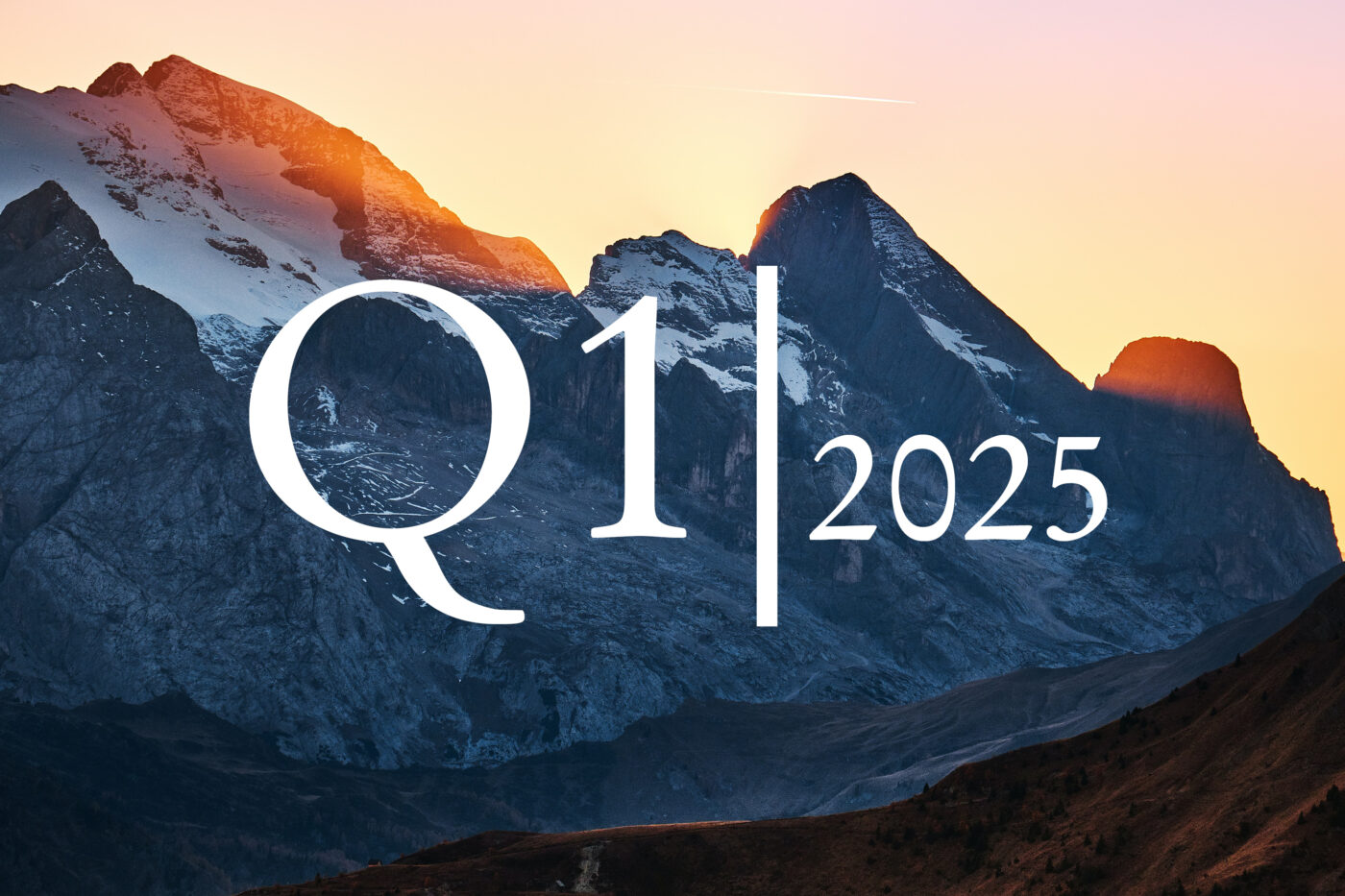In a nutshell
Equity markets are likely to trend sideways in a volatile manner until the US elections. Accordingly, anti-cyclical trading should make sense.
In terms of valuation, Europe has room for upside, especially if the economic upturn continues.
Our focus is on megatrend winners, European small caps and commodity-related equities. Tactically, we also like defensive stocks as an addition.
Tripartite performance in the second quarter
In April, the withdrawal of liquidity due to the US tax season and rising interest rates weighed on markets. In May, Goldilocks hopes and a positive earnings season prevailed. In June, eurozone equities were hit by the announcement of snap elections in France. The best performers in the second quarter were Asian emerging markets, US large caps and UK equities. Robust economic data and positive earnings revisions helped. The biggest losers were Latin American equities, which suffered from political turmoil and currency devaluations.
Positive profit revisions
The Q1 reporting season was very encouraging. Not only did analysts' earnings expectations generally get beaten, but many companies also gave a positive outlook for the rest of the year. As a result, earnings revisions have been broadly positive. The consensus now expects earnings growth of 12% for US equities and 6% for European equities this year. Given the already record high profit margins and the recent negative economic surprises in the US, the downside risks are likely to outweigh the upside risks, especially for US equity estimates. This is all the more true as the pricing power of many companies is likely to diminish with the decline in inflation. In our view, artificial intelligence is more likely to lead to productivity gains in the medium rather than the short term, e.g. through automation benefits and efficiency gains.
Increase in valuation possible, especially in Europe
After the sharp rise in valuations since November, valuations at the index level did not rise further in the second quarter. Equity indices rose in line with higher earnings estimates. At 21 times forward earnings, US equities remain expensive by historical standards. By contrast, more negative factors are priced in for Europe. The Euro Stoxx 50, at 13 times forward earnings, is even trading below its historical average. In addition to different (geo)political risks, we see three reasons for this valuation gap. First, the industry structure in the US is more growth-oriented than in Europe, with a high proportion of companies in old, mature industries. Second, the US is home to the world's most innovative companies (e.g. the so-called Mag 7), for which many investors are willing to pay a premium. Third, the US has the strongest support from non-fundamental investors and flows (e.g. meme stocks, ETF savings plans, systematic strategies). As a result, we believe there is likely to be only a moderate convergence in valuations.
Emerging Asian equities led the way in the second quarter, Latin American equities lagged.
Anticyclical trading favoured over the summer
We continue to see opportunities, particularly below the surface. In addition to the megatrend winners in technology, we favour European small caps, which are not only cheaply valued but should also benefit from increased M&A activity and better flow dynamics. As we expect volatility to increase over the summer and the ECB has cut interest rates for the first time, we also see tactical appeal in more defensive sectors such as consumer staples. Finally, we continue to like the commodity sectors, which remain structurally supported by the energy transition and years of underinvestment, especially as investor positioning in these sectors is not high. We see little upside potential for US equity markets at index level until the US elections in November, which argues for a counter-cyclical approach over the summer months. If the markets continue to rise, we can well imagine taking profits in equities. If, on the other hand, markets consolidate, we see this more as an opportunity to add to equities. We think it is unlikely that markets will continue to rise strongly. High positioning and already positive investor sentiment should limit the upside potential. Moreover, after the strong performance so far this year, many investors are likely to slow down given the political risks in the run-up to the US elections, especially as liquidity will diminish over the summer. We are therefore waiting patiently for good opportunities. Recently, for example, we bought European equities at the expense of US equities after the latter had massively underperformed on the back of the French new elections.
Expectations for the Q2 reporting season are high
History of bottom-up S&P 500 consensus EPS estimates, x-axis = days from quarter-end, y-axis = EPS growth revisions
Forecast overview: Europe with catch-up potential
Berenberg and consensus forecast in comparison, values at the end of 2024 and mid-2025
What is on companies' minds?
A mixed picture
In our conversations with companies at conferences and in one-on-one meetings, we are currently hearing mixed messages. In addition to the continued weakness of the Chinese consumer, there now seems to be growing concern about the US consumer. On the other hand, companies in the food industry are reporting a significant slowdown in inflation. At the same time, labour costs continue to rise, putting pressure on margins. In the asset management industry, management teams see a stabilisation. In addition to a positive trend in margins, the cash outflow situation has recently improved. The continued rise in demand for data centres, driven by AI, is putting power plant operators and electricity grids to the test. At best, operators such as Microsoft are looking to source their electricity needs from renewable sources in order to meet their sustainability targets. This has recently given the sector a boost. In the software sector, the recent reporting season has been mixed. Companies are increasingly allocating their spending to AI applications and reducing their budgets for traditional application software. We therefore expect to see a wide divergence in the performance of the companies concerned.
Matthias Born, CIO Equities
Author

Ulrich Urbahn
Ulrich Urbahn has been working for Berenberg since October 2017 and is responsible for quantitative analyses and the devel-opment of strategic and tactical allocation ideas, and is involved in capital market communications. He is a member of the Asset Allocation Committee and portfolio manager of the Berenberg Variato. After graduating in economics and mathematics from the University of Heidelberg, he worked for more than 10 years at Commerzbank, among others, as a senior cross asset strate-gist. Mr Urbahn is a CFA charterholder and was part of the three best multi-asset research teams worldwide in the renowned Extel survey for many years.


